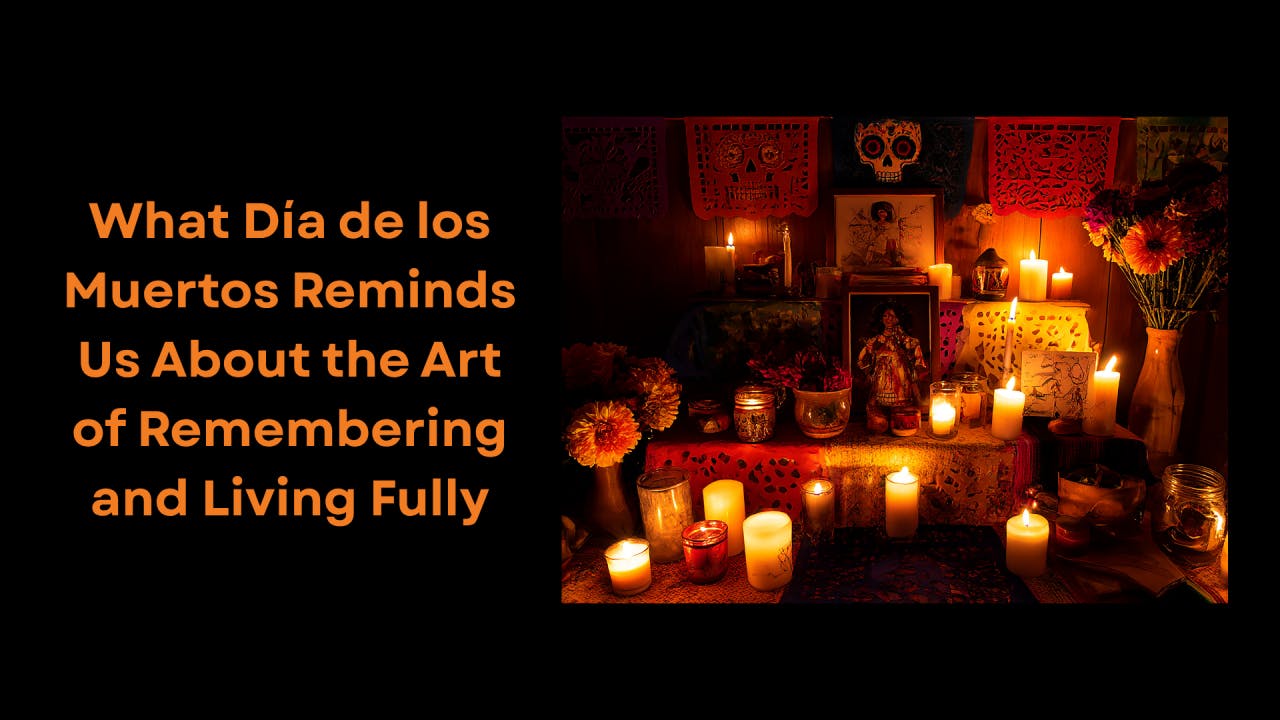
🕯️
🌼
What Día de los Muertos Teaches Us About Living, Leading, and Remembering
📅
By Ruby Garcia
I didn’t grow up celebrating Día de los Muertos, but after losing my brother 20 years ago, I began to understand why remembrance is sacred. Building an ofrenda became a bridge and a way to honor him, no matter how much time had passed. Día de los Muertos gave me permission to grieve, to feel, and to celebrate all at once.
Living Legacy: The Life We Leave Behind
When I pull out my brother’s old sweater, his guitar pick, or even his toothbrush (he had an obsession with perfect white teeth), I’m reminded that our daily choices are our living legacy. The meals we share, the words we speak, the causes we champion...they tell the story of who we were long after we’re gone.
Every year, Día de los Muertos asks me: “How do you want to be remembered?”
I’ve sat with that question for years. And my answer remains the same: I want to be remembered as someone who lived boldly, loved deeply, and used her voice to fight for what’s fair, just, and true. Someone who modeled courage so that her children and her community could do the same.
Grief as a Teacher
In my coaching work, I’ve learned that grief shows up in many forms, not just through death. We grieve lost relationships, missed opportunities, and even old versions of ourselves.


